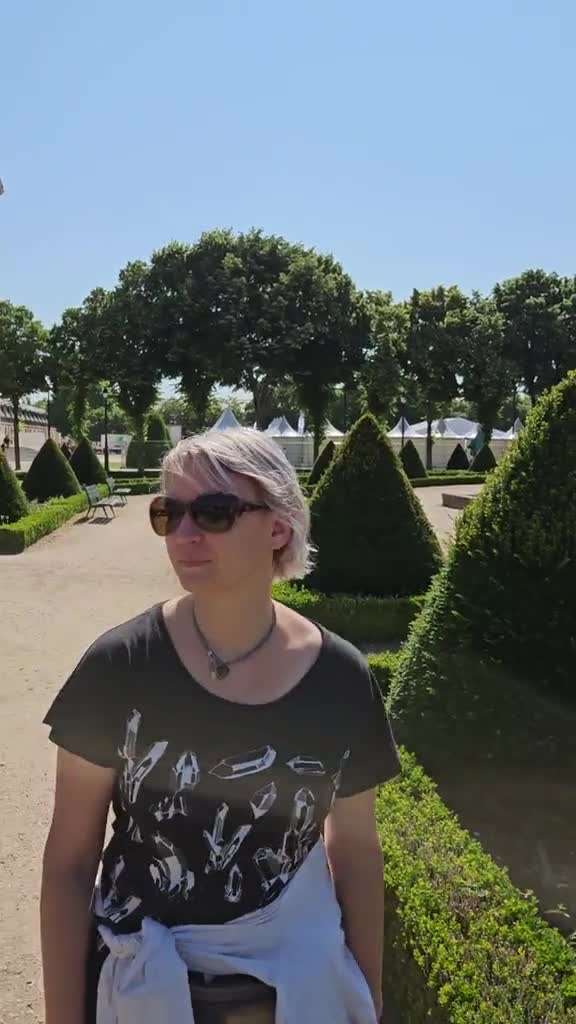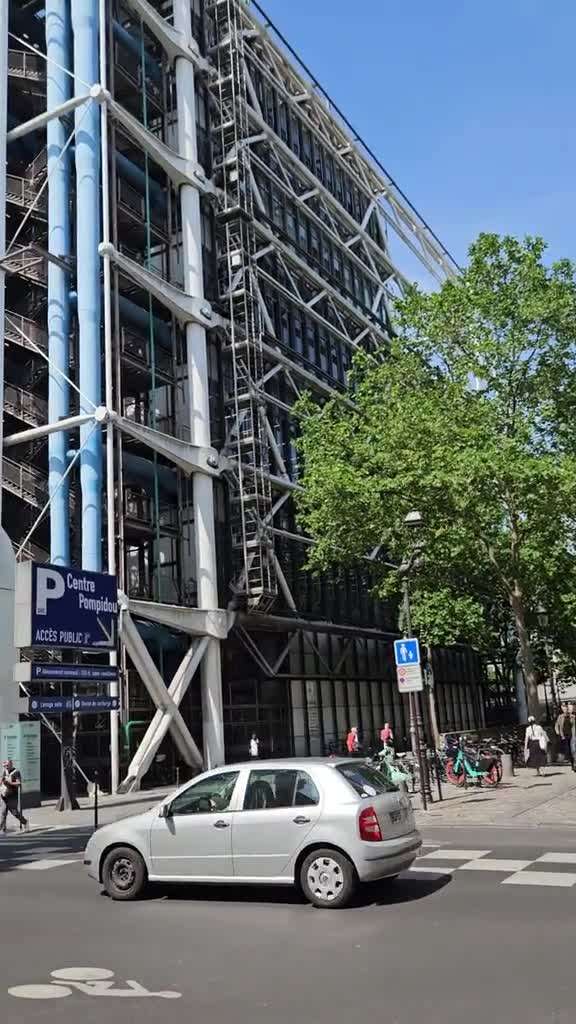
The Eiffel Tower
Removed from Unnamed collection



+ 2

Source: Sam Zoon Images may be subject to copyright. Learn More
The history of the Eiffel Tower is a fascinating piece of France's national heritage. For decades, it has stood as the symbol of both Paris and France itself. Interestingly, when Gustave Eiffel completed its construction in 1889, the tower was originally intended to be a temporary fixture in the Parisian skyline and was not initially beloved by Parisians. Let's explore the evolution and story of the iconic Eiffel Tower.
This beloved tourist destination has graced the Parisian skies for over 130 years now. Although it is now synonymous with France, it wasn't actually built to last forever. The pivotal moment in the tower's history was during the 1889 Universal Exposition. Celebrating the 100th anniversary of the French Revolution, a competition was held to construct "an iron tower with a square base, 125 meters wide and 300 meters high" on the Champ-de-Mars. Out of 107 submissions, Gustave Eiffel's design was selected. He was joined by engineers Maurice Koechlin and Emile Nouguier, along with architect Stephen Sauvestre.
What many might not know is that the Eiffel Tower was initially met with criticism from some of Paris's most prominent artists and intellectuals, who considered it an eyesore. Yet, this iron marvel has stood the test of time, becoming a beacon of architectural brilliance and a must-see for travelers. Today, the Eiffel Tower is not just a monument but a testament to visionary engineering and a beloved part of Paris's cultural fabric.
You may also be interested:
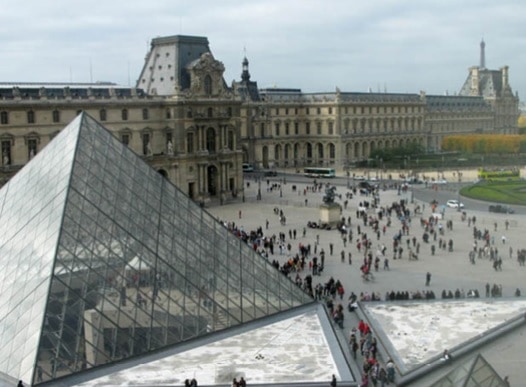
Removed from Unnamed collection
Louvre Museum 
Every trip to Paris simply isn't complete without a stop at the Louvre. This iconic museum is bursting with treasures that span centuries and continents. It showcases Western art from the Middle Ages up to 1848, alongside fascinating collections from
Map
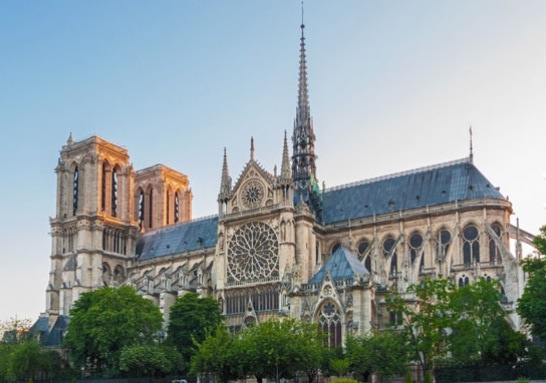
Removed from Unnamed collection
Notre-Dame de Paris 
The Cathedral of Notre-Dame de Paris stands as a stunning testament to Gothic architecture and is the most visited monument in France. Nestled at the far end of the Île de la Cité, its construction began in the 13th century and wrapped up in the 15th
Map
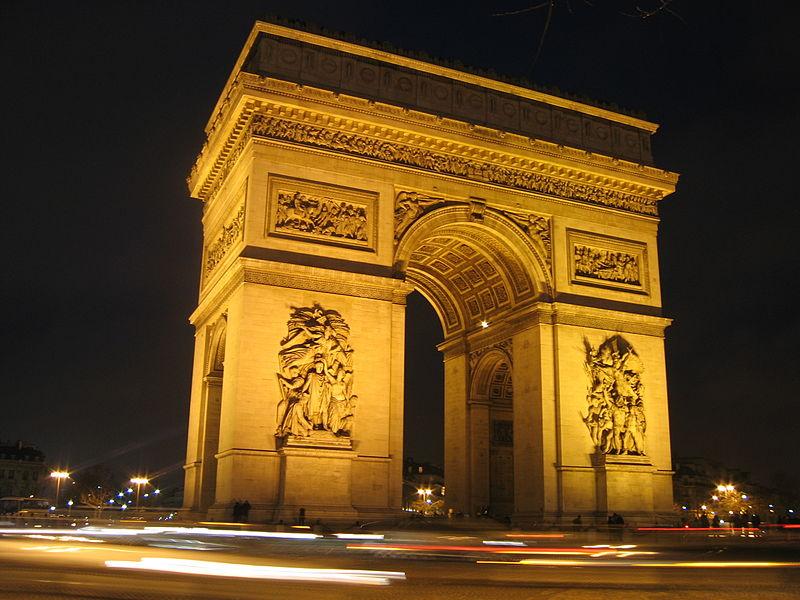
Removed from Unnamed collection
Triumphal Arch 
Commissioned by Napoleon I, the Arc de Triomphe commands a majestic presence over the Avenue des Champs-Élysées. Construction kicked off in 1806 and wrapped up in 1836, a full 15 years after Napoleon's passing. Visitors can venture to the top of this
Map
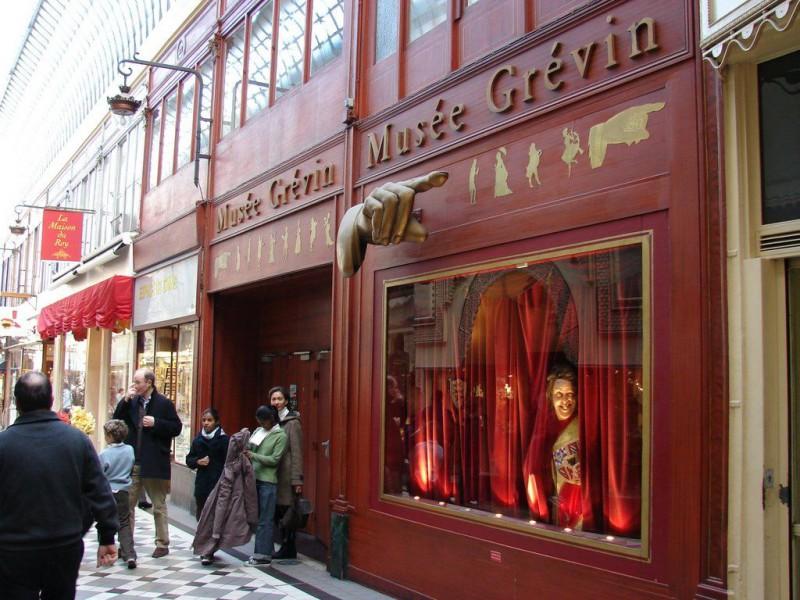
Removed from Unnamed collection
Grevin Museum Paris 
Step into the newly revamped Grévin Museum in Paris, where the past and present of this captivating city come alive in spectacular detail. Picture yourself amidst the grandeur of the 20th century's pivotal events, immerse in French history, and catch
Map
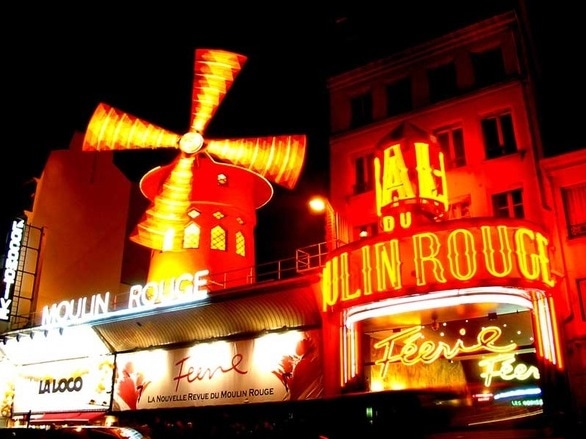
Removed from Unnamed collection
Le Moulin Rouge 
An evening at Le Moulin Rouge in Paris promises to be a night you’ll never forget. Known as the world’s most famous cabaret, this iconic venue has been dazzling audiences since the early 1900s. It has played host to legends like Edith Piaf, Yves Mont
Map
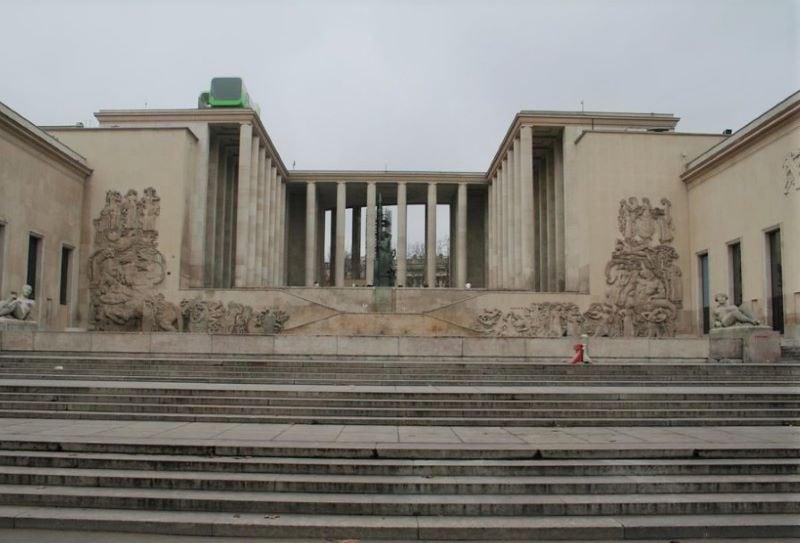
Removed from Unnamed collection
Palais de Tokyo Museum 
The Palais de Tokyo is a gem of art deco architecture from 1937 that underwent a stunning transformation in 2001, thanks to the visionary French architects Anne Lacaton and Jean-Philippe Vassal. They embraced an industrial-chic aesthetic, featuring c
Map
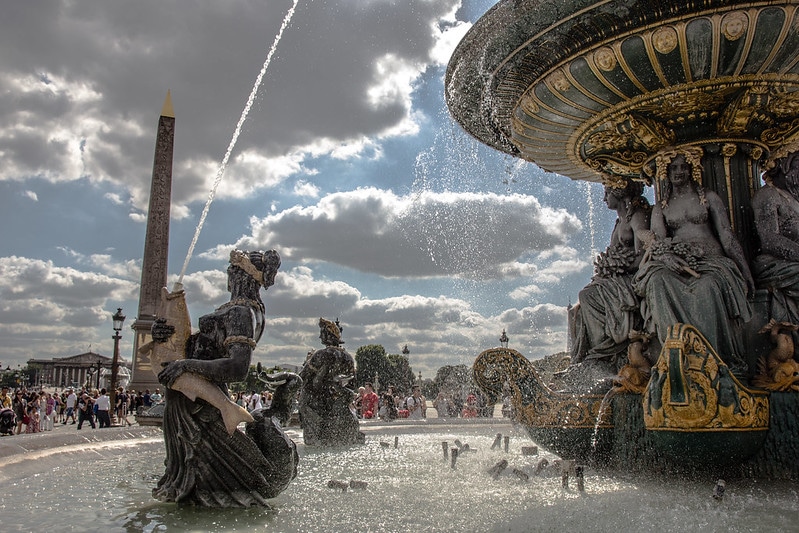
Removed from Unnamed collection
Place de la Concorde 
Nestled at the end of the iconic Champs-Elysées, Place de la Concorde is a must-see when you're in Paris. This historic square is renowned for its striking Luxor Obelisk, an ancient Egyptian monument that has stood proudly here since October 1836. Yo
Map
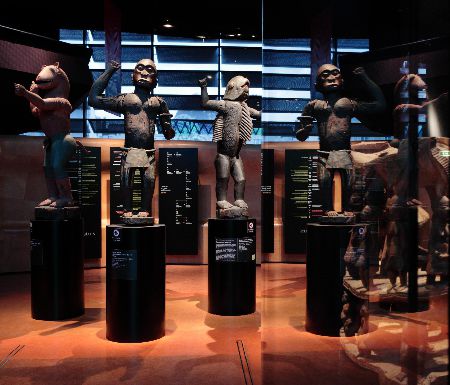
Removed from Unnamed collection
Quai Branly Museum 
The Musée du Quai Branly - Jacques Chirac carries a legacy that spans over 200 years, brimming with history, enrichment, study, and preservation of public collections. This remarkable museum houses nearly 370,000 works from Africa, the Near East, Asi
Map
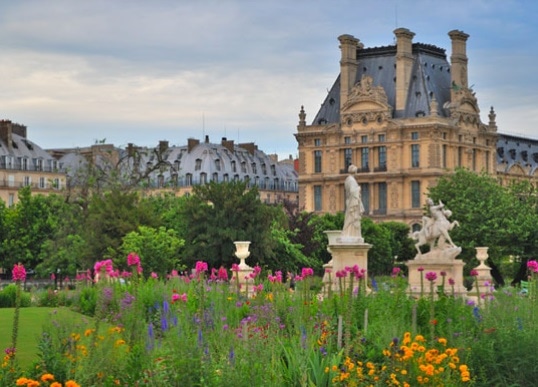
Removed from Unnamed collection
Tuileries Garden 
The Tuileries Gardens get their name from the tile factories that once occupied the site before Queen Catherine de Medici decided to build the Palais des Tuileries in 1564. Fast forward to 1664, and André Le Nôtre, the celebrated gardener for King Lo
Map

Removed from Unnamed collection
Квартира на острове Saint-Louis в Париже 
23 June 2023
В Париже остановились на острове Saint-Louis, рядом с районом Le Marais. Квартира на самом верху, на пятом этаже, в мансадре. Внизу была набережная Сены, на которой мы по вечерам пили шампанское
Map
 Sam Zoon
Sam Zoon 
 France
France 